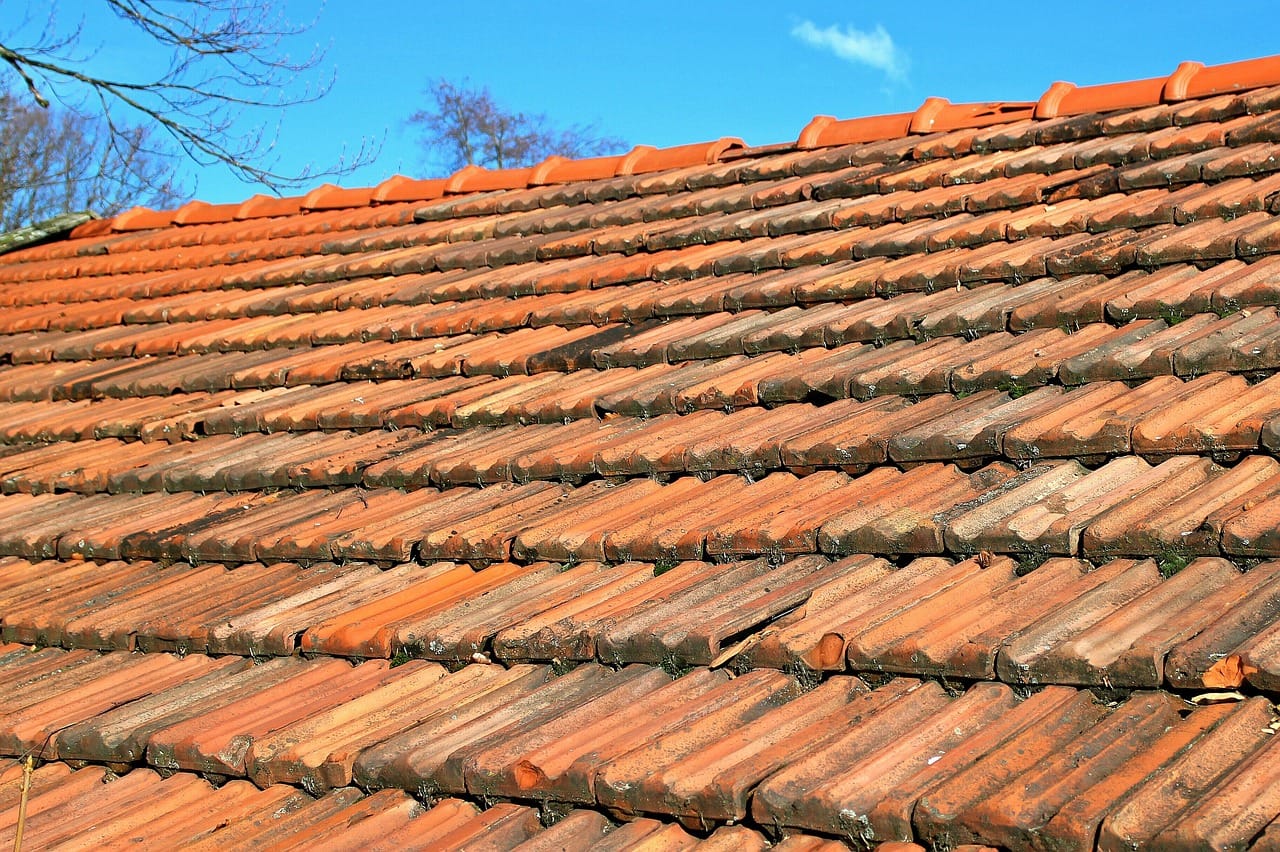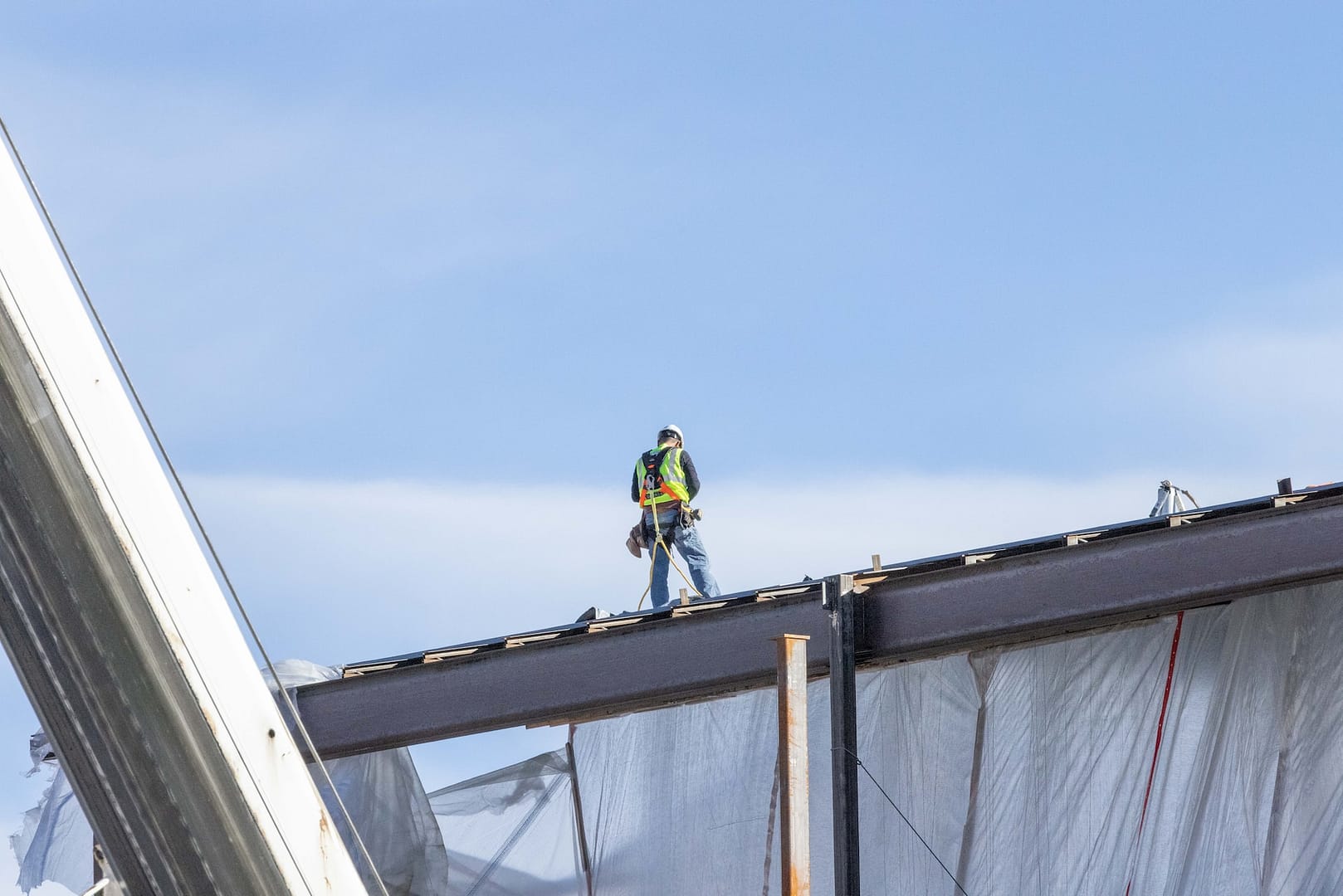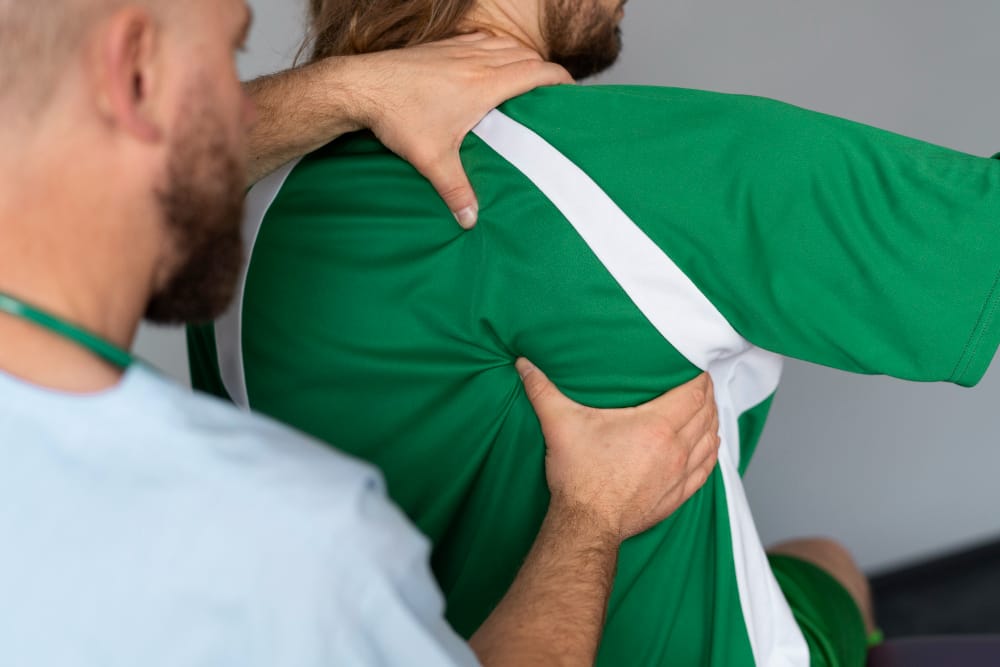The roof work industry is no stranger to risks and dangers. Working at heights, battling unpredictable weather conditions, and handling heavy materials make it a high-risk profession. Roofers face numerous challenges on a daily basis, which can result in accidents and injuries if proper precautions are not taken. In this article, we will explore the common causes of dangerous roofer accidents, provide valuable tips on how to safely work on a roof, and explain how best to start a claim for your injury at work.
Common Causes of Dangerous Roofer Accidents
Falls from Heights
Perhaps the most significant risk in the roof work industry is falling from heights. Working on rooftops means constantly manoeuvring on unstable surfaces, risking slips, trips, and missteps. Even a momentary loss of balance can lead to a catastrophic fall, causing severe injuries or even death. It is crucial for roofers to maintain their footing, use fall protection equipment like harnesses and lifelines, and create a secure working environment by installing guardrails or scaffolding.
Fragile Roofs
Many older buildings or structures with deteriorated roofs pose a serious hazard to roofers. Fragile roofs, often made of materials like asbestos, may collapse or break when stepped on, leading to dangerous falls. Roofers must exercise caution when navigating such roofs, identifying fragile areas, and using appropriate safety measures like walk boards or crawl boards to distribute weight and minimize the risk of accidents.
Weather Conditions
Roof work is highly influenced by weather conditions, and adverse weather can significantly increase the risk of accidents. Slippery surfaces due to rain or snow make it challenging to maintain balance. Strong winds can cause roofers to lose control, leading to falls or objects being blown around, posing a threat to those below. It is essential for roofers to stay updated on weather forecasts and plan work accordingly, rescheduling if conditions are unsafe.
Electrical Hazards
Many roofs house electrical systems, such as power lines, antennas, or solar panels. When working near these installations, roofers must be cautious of the potential electrical hazards. Accidental contact with live wires or improper handling of electrical equipment can result in electric shocks or even electrocution. It is crucial to identify electrical hazards before starting work, de-energize equipment if necessary, and follow proper safety protocols to prevent accidents.
Tool and Equipment Mishaps
Roofers work with a wide range of tools and equipment, such as power saws, nail guns, and ladders. If not used correctly or if they malfunction, these tools can cause severe injuries. It is essential for roofers to receive proper training on tool usage, regularly inspect equipment for defects, and use appropriate personal protective equipment (PPE) to minimize the risk of accidents.
How to Safely Work on a Roof
While the roof work industry presents its fair share of risks, there are several measures roofers can take to ensure their safety while working on a roof. Here are some essential tips:
Proper Training and Certification
Roofers should undergo comprehensive training programs to acquire the necessary skills and knowledge related to their job. Certification courses provide insights into safety protocols, fall protection techniques, equipment handling, and emergency procedures. Regular training updates keep roofers informed about the latest safety practices.
Use of Personal Protective Equipment (PPE)
Wearing appropriate PPE is vital in minimising injuries and accidents. Roofers should wear hard hats to protect their heads from falling objects, safety glasses to shield their eyes from debris, and non-slip footwear to maintain traction. Additionally, using gloves, harnesses, and high-visibility clothing can provide added protection.
Fall Protection Systems
Implementing fall protection systems is crucial in preventing falls from roofs. Roofers should utilize harnesses, lifelines, and anchor points to secure themselves when working at heights. Guardrails and safety nets can also provide added protection against falls.
Regular Roof Inspections
Prior to starting work, it is essential to conduct thorough roof inspections. Identify potential hazards, fragile areas, or damaged sections that may pose risks to roofers. Rectify any issues and communicate the findings to the entire team to ensure everyone is aware of the risks and necessary precautions.
Constant Communication
Effective communication among the team members is essential for maintaining a safe working environment. Roofers should have a clear understanding of their roles and responsibilities, share information about potential hazards, and promptly report any unsafe conditions or incidents. Regular safety meetings can foster a culture of awareness and help address concerns.
Making an Accident at Work Claim: Seeking Compensation for Roofer Accidents
In addition to the risks faced by roofers in the industry, it is crucial to address the process of making an accident at work claim for those who have suffered injuries or accidents while working on roofs. In this section, we will discuss the steps involved in making an accident at work claim and seeking compensation for roofer accidents.
When roofers experience accidents or injuries while performing their duties, they may be entitled to compensation to cover medical expenses, lost wages, and other damages. Making an accident at work claim involves several important steps:
Seek Immediate Medical Attention
The first and most crucial step after an accident is to seek immediate medical attention. Even if the injuries appear minor, it is important to have a professional evaluation to ensure there are no hidden or underlying health concerns. Not only does this prioritize your well-being, but it also provides medical documentation of your injuries.
Report the Accident
It is essential to report the accident to your employer or supervisor as soon as possible. Provide a detailed account of what happened, including the date, time, location, and any contributing factors. Reporting the accident promptly helps create an official record and ensures that your claim is properly documented.
Gather Evidence
Collect and preserve evidence related to the accident. This includes photographs of the accident scene, the equipment involved, and any visible injuries. If there were any witnesses, obtain their contact information as their statements may support your claim. Keep records of any medical bills, treatment plans, or expenses incurred due to the accident.
Consult National Claims
Seeking legal guidance from us at National Claims is crucial to understand your rights and options. We will evaluate the merits of your case, guide you through the claims process, and help gather necessary evidence.

Conclusion
Accidents and injuries are unfortunate realities in the roof work industry. However, when such incidents occur, it is important for roofers to understand their rights and take appropriate steps to make an accident at work claim. Seeking immediate medical attention, reporting the accident, gathering evidence and consulting National Claims.
By understanding the claims process and seeking legal guidance, roofers can navigate the complexities of making an accident at work claim. This helps ensure that their rights are protected, and they receive the compensation they deserve for the injuries and damages suffered. Remember, seeking professional assistance is crucial in maximizing your chances of a successful claim and obtaining fair compensation.
Contact us to find out more about how we deal with injury at work claims and start your claim with one of our claims specialists today.
Click below to see why we are one of the most trusted claims management companies in the UK.

We’re proud of our excellent customer reviews
We thrive on delivering exceptional service and ensuring our clients’ satisfaction. Don’t just take our word for it. Check out some of our independent reviews to see what our clients have to say.
Excellent

This firm is excellent, they sorted out my car pay out and injury claim very fast, they always communicate with you all the time.

My accident case was dealt with confidence and with great result of the outcome, especially James kept me informed all the time.

I was very impressed at the way my inquiry was treated. I was listened to attentively and everything I needed to know was explained to me.






